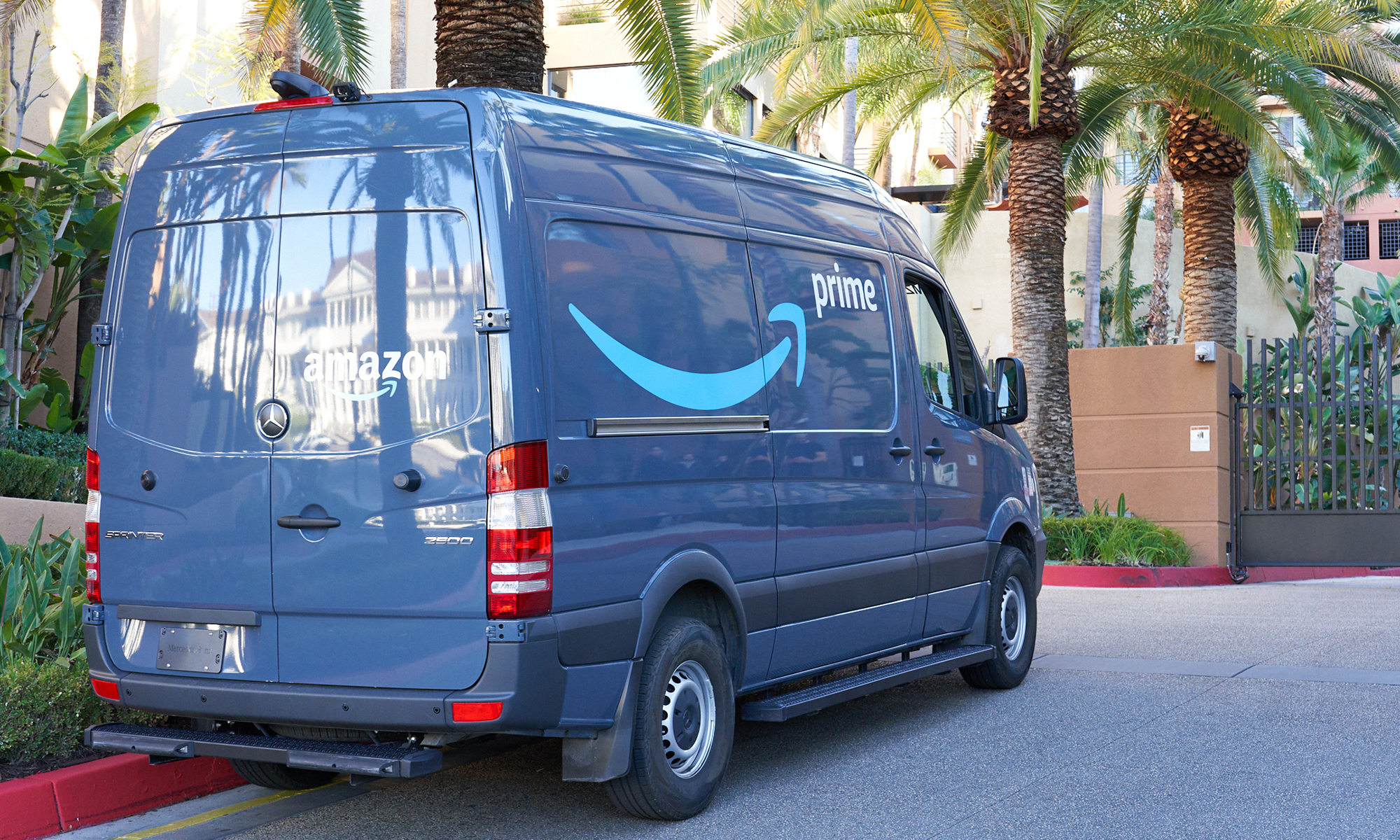Despite reporting second-quarter revenue and earnings per share far ahead of analysts' average estimate for the period, shares of Amazon (AMZN 1.87%) sold off sharply following the earnings report. As of this writing, the stock is down about 8% since the report in late July. The main reason for the stock's severe decline is likely the company's lower than anticipated growth in its cloud-computing business, Amazon Web Services (AWS). The market may be worried that much faster growth at Microsoft (MSFT 2.21%) and Alphabet's (GOOGL +0.69%) cloud businesses is a sign that the important Amazon service is losing its edge in the world of artificial intelligence (AI). In addition, investors may have some concerns about Amazon's guidance for third-quarter profitability.
But has the market overreacted? I believe so. Yes, AWS's slowing growth is something investors should keep an eye on. But the stock's pullback has arguably more than compensated for the increased risks associated with this part of Amazon's sprawling business.

Image source: Getty Images.
What spooked investors
On the surface of Amazon's second-quarter results, the company crushed it. The e-commerce and cloud-computing juggernaut reported revenue of $167.7 billion, up 13% year over year. Earnings per share grew even faster, climbing 33% to $1.68. The consensus analyst forecast called for revenue and earnings per share of just $162.1 billion and $1.33, respectively.
Making the report look even better, the company guided for another quarter of double-digit revenue growth in Q3. Specifically, management said it expected revenue for the period to be between $174.0 billion and $179.5 billion, translating to 10% to 13% year-over-year growth.
Still, the company may have missed the mark in the report in two areas.
First, AWS revenue grew about 18% year over year. That's a meager growth rate compared with the 39% and 32% year-over-year revenue growth seen at Microsoft's Azure and Alphabet's Google Cloud, respectively. These two competitors' revenue in their cloud businesses was significantly higher than analysts' average forecasts for the important units, while Amazon's barely beat forecasts. Investors may be concerned that Amazon's lower growth indicates the company isn't effectively capitalizing on cloud-computing opportunities in the rapidly expanding AI services market.
Another potential reason for investor skittishness is Amazon's guidance for third-quarter operating income to be between $15.5 billion and $20.5 billion. The midpoint of this guidance range is $18 billion, representing only 3% year-over-year growth.

NASDAQ: AMZN
Key Data Points
A buying opportunity
But here's where things turn optimistic for investors. Sure, shares have taken a painful hit. But with the stock down more than 9%, the market has arguably overreacted to Amazon's more modest cloud growth compared to its competitors, and to management's muted expectations for third-quarter profitability.
Zooming out, this is still a business growing its sales at double-digit rates. In addition, its business is supported by both a robust e-commerce business and a cloud business, which has just nearly 18% year-over-year top-line growth -- slightly faster than the segment's growth rate in the prior quarter. Sure, it may not be as fast as Azure's and Google Cloud's growth. But it's still a very strong rate.
With the stock now trading at just 33 times earnings, this is a rare opportunity for investors to buy into one of the United States' best companies at a reasonable valuation. Sure, there's no telling where the bottom is. Shares could get cheaper. Additionally, the risks of Amazon losing its edge as AI becomes more central to cloud computing are real. Investors, therefore, will have to continue keeping tabs on how AWS performs in the coming quarters. Ultimately, however, risks seem largely priced in. The long-term investment outcome from this price will likely be respectable.
So should investors buy the dip in Amazon stock? I think so.







